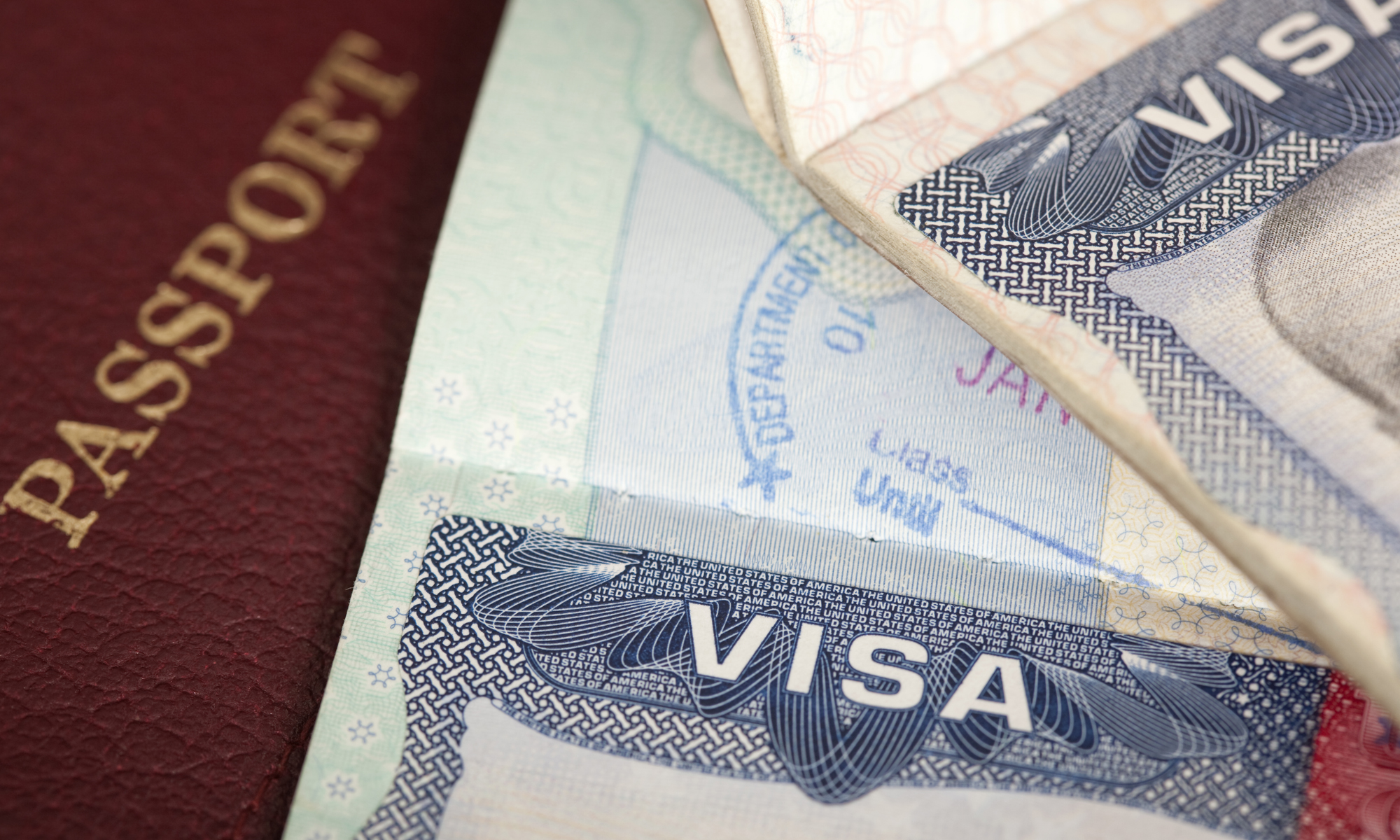The H-1B Cap for the 2016 H-1B Cap Year (October 1, 2015 – September 30, 2016) has been exhausted. 233,000 applications were submitted for approximately 85,000 slots. There is no relief in sight, as stalemate in Congress continues to prevent any meaningful immigration reform. Employers that want to hire professional workers who do not already have an H-1B from a prior lottery, will have to wait until next year or look for an alternative. While the list looks promising, in actuality it is a rare case when one of the alternatives fits an employer’s specific needs. Consulting with experienced immigration counsel is mandatory for finding a suitable alternative. The basic list of alternatives follows:
B-1 in Lieu of H-lB. Individuals may apply for a B-1 visa to perform H-1B work in the U.S. as long as they have the equivalent of a U.S. bachelor’s degree, plan to perform H-18-caliber work r training, will be paid only by their foreign employer, and the task can be accomplished in a short period of time.
The E-1 Treaty Trader Visa allows foreign nationals l a country with which the U.S. has a commercial treaty to come to the .S. to engage in trade of a substantial nature between the U.S. and the applicant’s country of nationality. There are no quota restrictions.
The E-2 Treaty Investor Visa applicant must be a national
of a country with which the U.S. maintains a treaty of commerce. The purpose of the individual ‘s entry must be to carry out substantial trade, including trade in services or technology, principally b tween the U.S. and the treaty country; or, to develop and direct the operations of an enterprise in which the individual has invested; or is in the process of investing substantial capital.
The E-3 Visa is available to Australian citizens who will work in the U.S. in a specialty occupation. Currently, 10,500 E-3 visas may be issued each year. Extensions of stay may be granted indefinitely in increments of two years.
The H-1B1 Visa is for nationals of Chile and Singapore. The position must be a specialty occupation, the employee must have the equivalent of a U.S. bachelor’s degree, and plan to perform H-lB-caliber work. TN status is issued to Canadian and Mexican citizens who seek temporary entry into the U.S. to engage in professional business activities pursuant to the North American Free Trade Agreement.
The H-3 Visa is designed to facilitate participation in training programs in any field, including agriculture, commerce, communications, finance, government, transportation or the professions, as well as training in an industrial establishment.
The I Visa or “media (I)” visa is for people who are re representatives of the foreign media traveling to the United States.
The J-1 Visa permits students, teachers, professors, res arch scholars, and other professionals may apply for the J visa in order to participate in U.S. government-approved educational exchange programs.
The L-1 Visa. The purpose of the L visa is to permit a qualifying organization to transfer certain types of employees from a non-U.S. location to perform services in the U.S. for the same organization, parent, branch, subsidiary, or affiliate.
The O-1 Visa is for persons who have (i) extraordinary ability in the fields of science, art, education, business, or athletics as demonstrated by sustained national or international acclaim; or (ii) a demonstrated record of extraordinary achievement in the motion picture or television industry.
The Q-1 Visa is a temporary work visa for adults to participate in a training, employment and cultural exchange program. he program must be administered by a U.S. employer and must provide practical training and employment while facilitating the sharing of history, culture and tradition of the participant’s home country.
